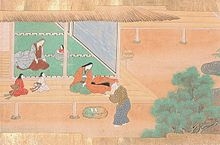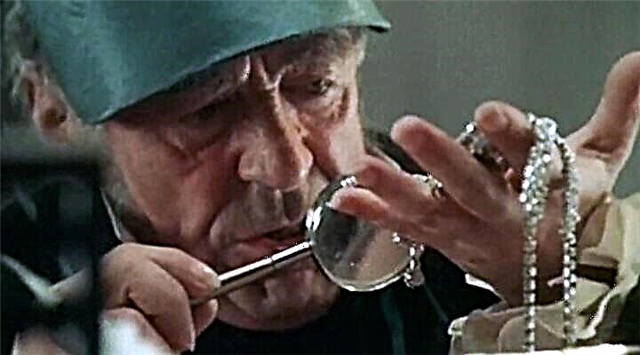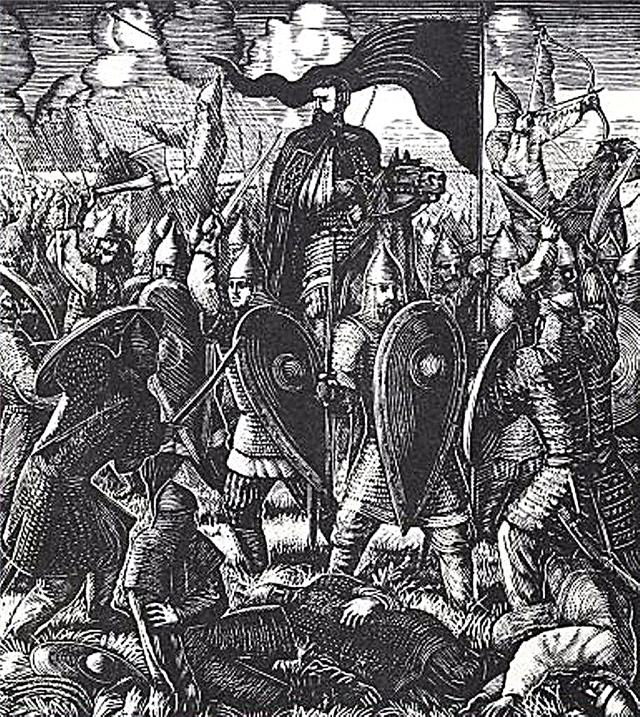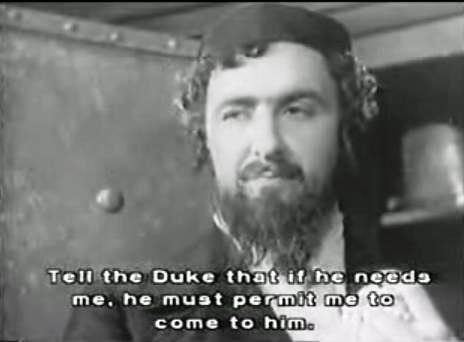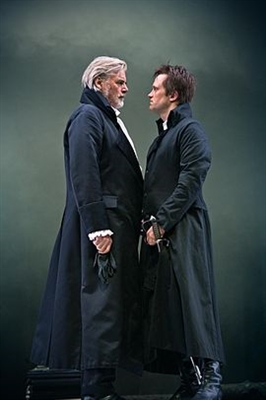(313 words) Gogol’s short story “The Overcoat” was published in 1843. This is a story about a little man daring to believe in a dream. Gogol portrays Akaky Akakievich Bashmachkin in the image of a middle-aged fool, suffering from bullying of his colleagues. In the style of the story there are many subtle details that accurately convey the external and psychological structure of the protagonist.
Akaki Akakievich holds the position of titular adviser, but rewriting papers is not just a series of duties, for Bashmachkin this is the meaning of his life. He approaches work extremely responsibly, even fanatically. Rewriting papers becomes for him some special ritual. The text is full of puns, giving the narrative a peculiar tone of a grin, but it is always something on the verge of deep pity and quiet thoughtfulness. The story, of course, has a Christian connotation. For the disclosure of semantics, a moment is very important when, behind the words: “Leave me alone, why are you offending me?” - in fact, a completely different is heard: "I am your brother."
An overcoat is an important artistic detail that is activated during the narrative as an image of a dream. It is the overcoat that becomes the symbol of going beyond the limits of the philistine circle, beyond the boundaries of life, built according to the table of ranks. Gogol touches on the problem of inequality, emphasizing that a small person can have his own dream and that it is precisely the environment that makes him “small”, but inside, he may be sincerely ready to believe in something miraculous. The image of the “Significant Face” is that force which is able to extinguish the flame of the soul aspiring to the light. Akaki Akakievich died not so much from a cold as from the loss of a new meaning that led him beyond the tiny life that he led. An overcoat is the boldness of being more free. After all, the thought was already beginning to creep into Bashmachkin’s head: “Could you, certainly, put the marten on the collar?” The overcoat brings Akaky Akakievich out of the stupor of consciousness.
The mystical ending of the story, as it seems to me, was written out by Gogol in this vein in order to show the immortality of a dream that managed to materialize and instill true faith in the heart of a little man. Even after his death, Bashmachkin is inseparable from the image of his greatcoat, which has become his guiding star. This ending is needed in order to show the victory of dreams over the table of ranks and all life conventions.




 How to fascinate people
How to fascinate people